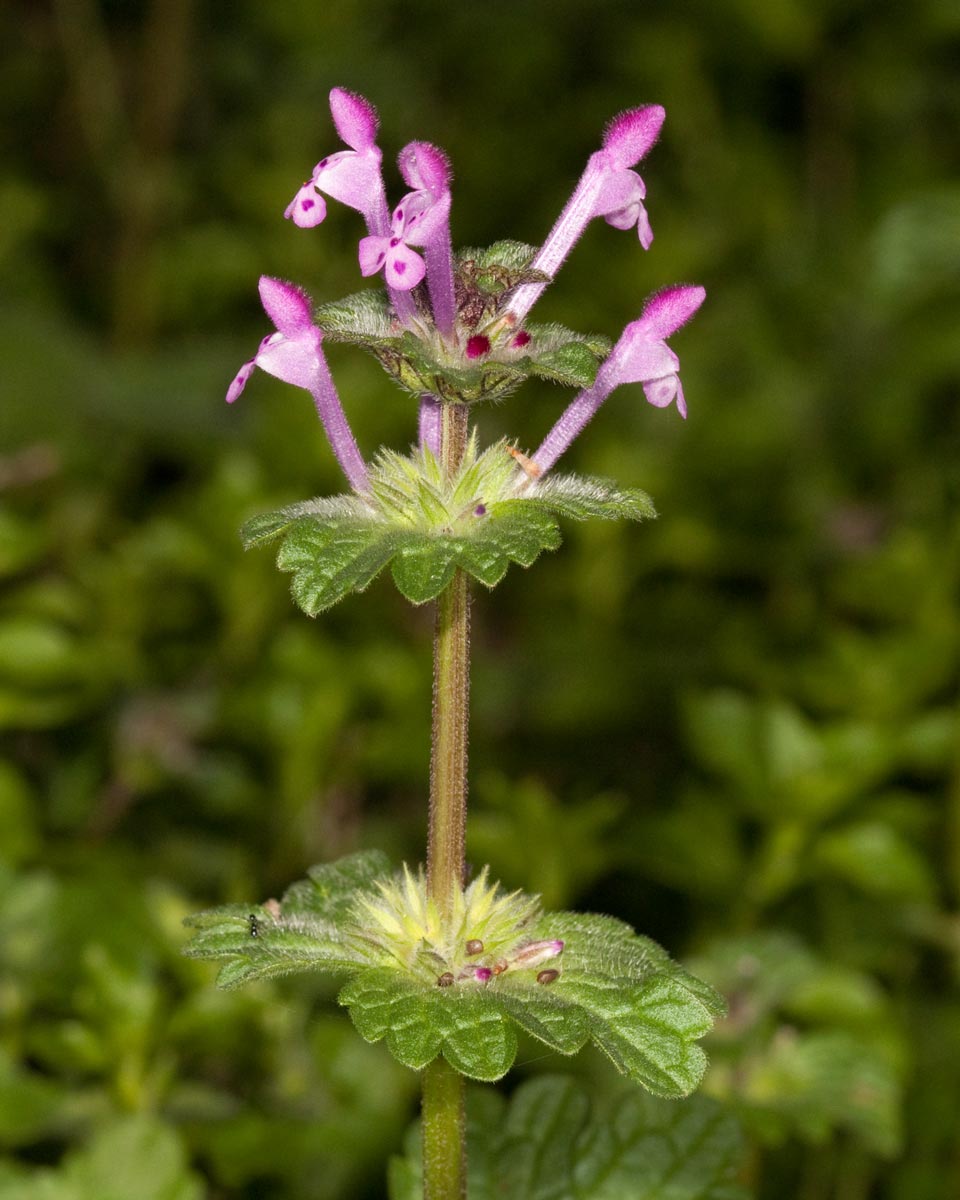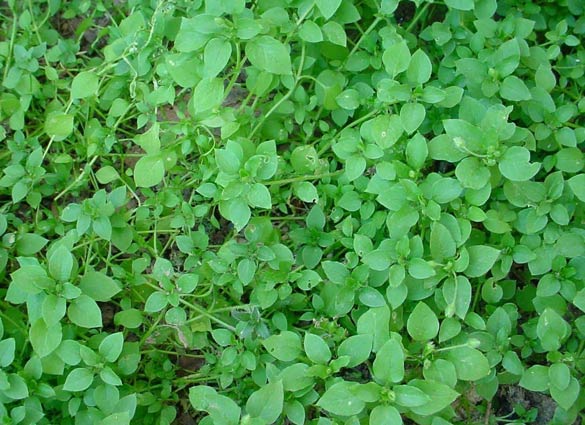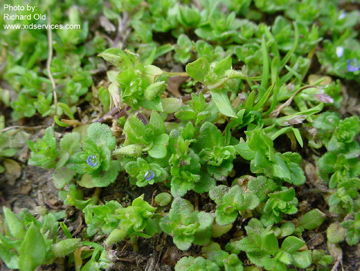Going After Weeds in the Off-Season
Weed seeds hide within the soil throughout the winter, so it’s important to get rid of and prevent weeds during the off season.
Weeds, weeds, weeds — the bane of a gardener’s existence. And they aren’t just a spring and summer annoyance. Not only do most existing weeds continue to grow through fall, some weeds actually sprout best in autumn’s cooling temperatures.
Winter annual weeds are the most overlooked type of weeds. These germinate in fall, spend winter as young vegetative plants, then shift into prime-growth mode as soon as the weather warms in spring. In warm climates and warming winters elsewhere, some of these continue to grow slowly even in December, January and February. Winter annual weeds die off when hot weather arrives but not before dropping new seed that sits dormant in summer and germinates when weather cools. Examples of weeds that sprout in fall include henbit (deadnettle), common chickweed, prickly lettuce, hairy bittercress, annual bluegrass, cheatgrass, wild mustard, corn speedwell, horseweed or marestail, catchweed bedstraw, shepherd’s purse, and annual sow thistle. Fall-sprouting weeds get started as early as the late summer in warmer parts of the country and continue to germinate from early fall more or less until Thanksgiving. Dandelions and buckhorn plantain are two perennial weeds that also often sprout in fall.
To stop this group of weeds, apply an early-fall application of Preen. Preen Weed Preventers create an invisible barrier that stops weed seeds from rooting. Preen Garden Weed Preventer stops weeds from germinating for up to 3 months.

Henbit (Lamium amplexicaule) flourishes in early spring, but it actually germinates the fall before. Preen can stop it from germinating when applied in early fall. © USDA
Gardeners often assume that one or two early-season applications of a weed preventer give season-long weed control. By fall those early applications have lost their "umph" and may be ineffective by the time winter annuals are ready to germinate. Keep in mind that weed preventers aren’t the same as weed-killers, which kill existing weeds.
A major part of fall clean-up of a weedy landscape involves removal of perennial weeds and summer annuals first; pull, dig, or spray these with a post-emergent herbicide. Be sure to dig out long roots of perennial weeds. With existing weeds out of the way, apply a fresh coat of mulch over any bare soil and apply Preen over top of that. Preen is applied then to prevent a new crop of winter annuals from taking over. Water it in or time the application when rain is forecast.

Chickweed (Stellaria media) is a fall-sprouting weed that can be controlled by an early-fall application of Preen. © Virginia Tech
Preen also helps stop winter annuals from sprouting in newly dug landscape beds. Disturbing the soil often brings dormant and buried seeds to the surface where they’re better able to germinate, especially once the gardener adds water to keep those new plantings damp. Disturbance occurs along with fall bulb planting too. Apply Preen over the soil or mulched surface after the bulbs are in the ground.
In the vegetable garden and for organic gardeners, apply Preen Natural Vegetable Garden Weed Preventer in early fall to keep the fall and winter crop of cool-season vegetables weed free. This product contains corn gluten meal and is best applied every 4 to 6 weeks during the growing season.

Corn speedwell (Veronica arvensis) can be identified by its creeping habit and blue early-spring flowers. A fall application of Preen Southern Weed Preventer can stop it from sprouting. © Richard Old, XID Services, Inc.